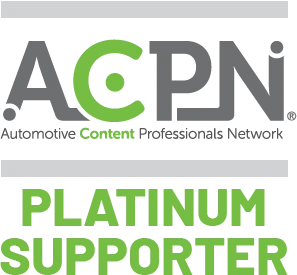ECHA has published advice to registrants which are grounded on the rearmost OECD guidelines.
OECD Guideline informs REACH registrants on how to reliably combine different sources of non-animal data on skin sensitization parcels of their substances to cover people from disinclinations and reduce beast testing.
Now ECHA has blazoned to advance the use of non-animal testing system says that how to use in silico tools (using computer modeling) similar as the QSAR Toolbox to assess skin sensitization.
Mike Rasenberg, ECHA’s Director for Hazard Assessment says “ This is an important corner for advancing the use of indispensable styles to assess chemical hazards. We make sure that this approach can be used to cover people against skin sensitization, without the need to conduct tests on creatures. ECHA contributed significantly to its development in close cooperation with the OECD, Joint Research Centre, and other associations.”
Guideline → Assessment → Categorization
Assessment This system will assess whether a substance is a skin sensitizer
Categorization This system will classify whether the sensitization is strong or moderate. This categorization is especially important, as REACH requires skin sensitization energy to be assessed.
Still, it can replace the presently used in vivo system Original Lymph Node Assay, reducing testing on creatures, If it results in a conclusion on skin sensitization and energy.
Registrants who have formerly submitted chemical or in vitro data in their enrollments but are uncertain whether this data is accepted by controllers. ECHA encourages those registrants to check and modernize their dossiers accordingly. However, they may need to induce new data or use a weight of substantiation approach, If registrants can not make conclusive prognostications.
The guideline also helps registrants elect the most suitable tests to induce new data for substances.
in chemico “the use of abiotic chemical reactivity styles as reserves for beast assays”
in vivo “Studies within the living”
in vitro “Studies in a controlled terrain”
Reach out to our regulation experts on product regulatory compliances

